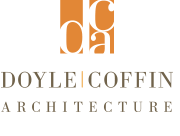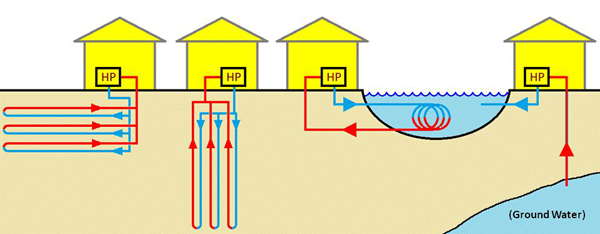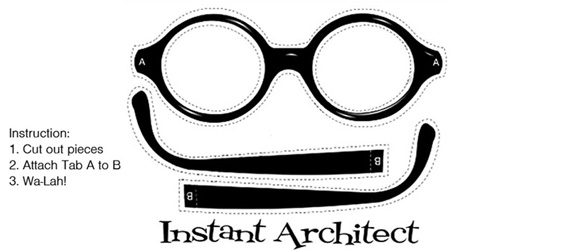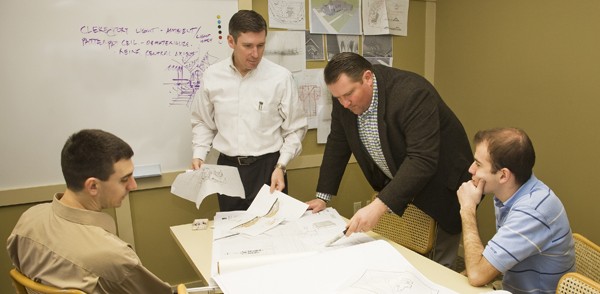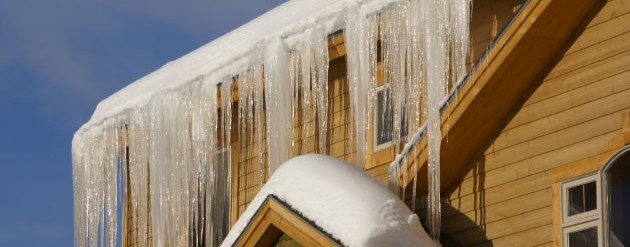The other day my 8 year old son came home from school with the idea to make a piñata. Since it wasn’t his birthday, nor anyone else’s I could think of in the neighborhood and knowing that he isn’t necessarily the “arts and crafts” kind of kid, I asked him, Why? His answer was short and sweet. I can smash it and it’s full of candy. Ahhhh yes, destruction and candy, my 8 year old’s Holy Grail.
So began the weeklong after-dinner project of constructing a piñata. All said and done, building a piñata is fairly simple and a fun thing to do with your children. We simply blew up a balloon and started the paper-mache process of flour, water and newspaper strips. Tip #1: Use a plaster or glue mix to give the piñata additional strength. After four layers of newspaper strips, our paper-mache looked like a big egg, of course this was the point at which my son explained he was interested in making a snake piñata! Tip #2: Decide on what you are making first, and then use the appropriate balloon or cardboard to shape your paper-mache creation. After lengthy discussions it was decided that we would make an octopus. With brown, purple and blue crepe paper in hand, the decorating and designing commenced. Tip #3: Consider your strategy for filling the piñata with candy, and how to close it up prior to decorating. Once decorated, we realized that the hole to fill the piñata was on the bottom of the octopus head rather than the top. The solution for this gravity challenge would have to be accomplished with the design of the tentacles. We cut the leg shapes (8 in total) out of foam core, decorated them and glued them together in an “X” arrangement which allowed for a 3” diameter foam core plug to be glued at the top of the “X”. Using picture wire we basically sewed the plug and accompanying octopus legs to the paper-mache head. Tip #4: Do not use picture wire.
The day of reckoning had finally come. With a crowd of young neighborhood kids, a plastic yellow wiffle bat and a red bandana, the piñata was hoisted over the basketball hoop. Evidently, my son had spent the week making the proper negotiations amongst his neighboring friends to have first the first “cut” at the purple octopus piñata. With the anticipation growing, blindfold in place and bat at the ready, the piñata was put in motion. I’m not sure that there could have been a more anti-climatic ending if we had planned it. The picture wire used to make a loop for the rope at the top of the piñata, combined with the weight of five bags of candy, combined with sudden pulling on the rope, combined with gravity, essentially created instant piñata failure. Tip #5: Did I mention “do not use picture wire”? Wire cuts paper-mache like a hot knife through butter.
While the piñata was never struck, the driveway did the job perfectly, splitting the octopus head and delivering its candy payload to happy children. Next time (because I’ve been informed “we need to do this again!”) there will be a little better planning and some strategic design and material revisions!
